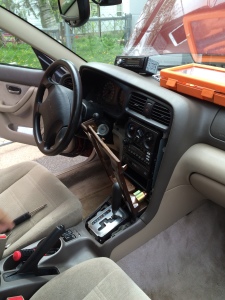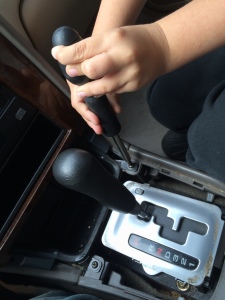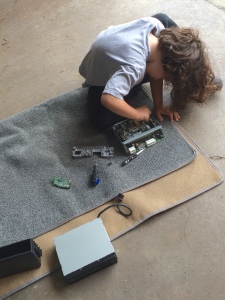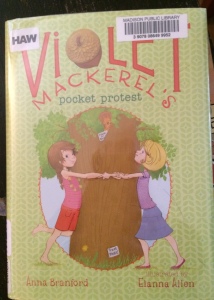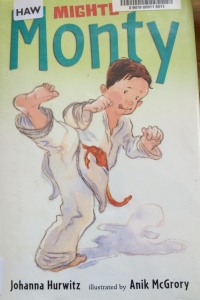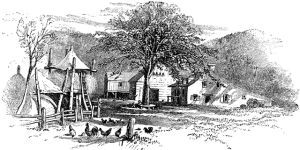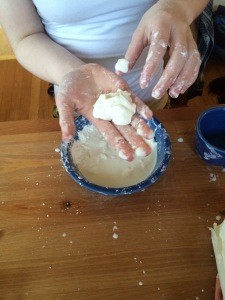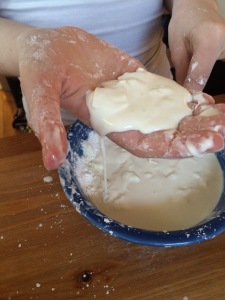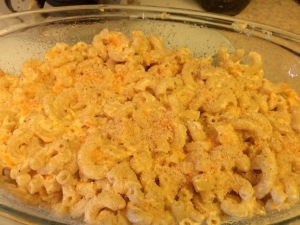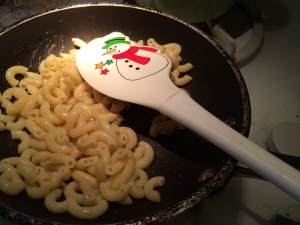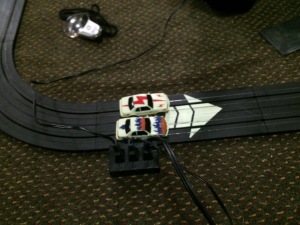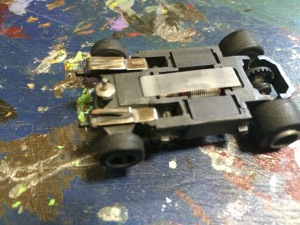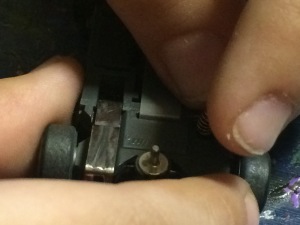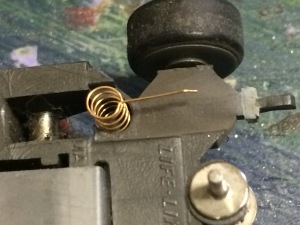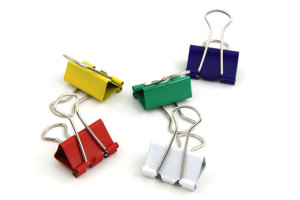 Our cupboards have numerous opened bags of chips, cookies, crackers, and nuts. It is an epidemic of partially consumed snack foods that typically turn stale before anyone finishes an entire bag. We favor Ball jars for a lot of snack foods, like nuts, some crackers, and cookies. But chips just don’t work well in our glass Ball containers.
Our cupboards have numerous opened bags of chips, cookies, crackers, and nuts. It is an epidemic of partially consumed snack foods that typically turn stale before anyone finishes an entire bag. We favor Ball jars for a lot of snack foods, like nuts, some crackers, and cookies. But chips just don’t work well in our glass Ball containers.
We tried rubber bands to keep bags closed. And it worked for a while. But the kids tend to struggle with the bands or flat out refuse to use them after getting painfully snapped on occasion. (Also, loose rubber bands in our house present a health hazard for our cats who will try to eat anything they can get their little claws upon.)
The big clips labeled for chips in most box stores just don’t last long and they tend to slide off the bag.
And then we discovered binder clips- regular office grade binder clips. A box of 12 large binder clips cost around $3.50. Compare that to a decorative selection of “chip” clips priced around $7 for just 10 clips. Binder clips are definitely the frugal choice. And binder clips stay put in place!
Tip1: Your unused binder clips can be stored right on the shelf where your chips are housed. Just clip over the shelf and fold back the arms. So not only do they work well, but they are always on hand!
They even come in fancy colors (though that typically raises the price) and an assortment of sizes.
Tip2: The smaller sized clips are perfect for bags of frozen vegetables stocked in the freezer!
What are your food storage life hacks?


